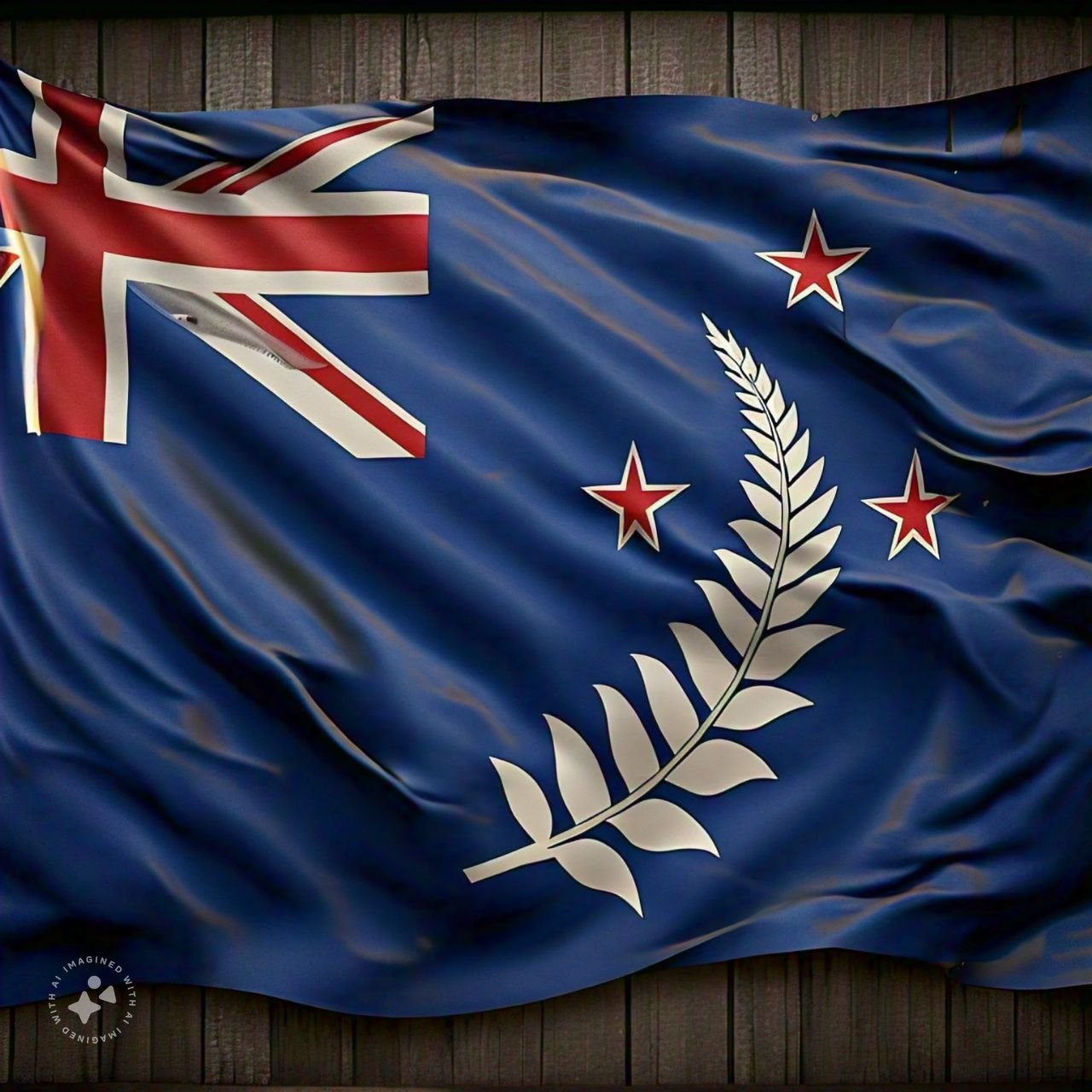History of New Zealand
New Zealand, known as Aotearoa in the Maori language, is an island nation located in the southwestern Pacific Ocean. It has a fascinating history that includes early settlement by Polynesians, European exploration, colonization, and the development of a modern, democratic nation. Below is an overview of New Zealand’s history.
Early History and Maori Settlement (before 1300 AD)
New Zealand’s history begins with the arrival of the Maori people, the country’s indigenous Polynesian inhabitants. Based on Maori oral traditions and archaeological evidence, the ancestors of the Maori are thought to have arrived from eastern Polynesia in a series of waves, probably between 1200 and 1300 AD, although some estimates suggest settlement may have begun as early as 1000 AD. C.
These early Polynesian settlers, who arrived in large ocean-going canoes (waka), are thought to have come from the Marquesas Islands and later from other parts of Polynesia, such as the Society Islands and Tonga. The Māori developed their own culture, language and society, which became deeply connected to the land and the sea. They established complex social structures, based on iwi (tribes), hapū (subtribes) and whānau (families), and relied on farming, fishing, hunting and gathering for their livelihood. Key crops included kumara (sweet potato), taro and yam, introduced from other Polynesian islands.
The Māori developed important technology for navigation, warfare and agriculture, including the use of Māori pa (fortified villages) and the cultivation of vegetable gardens. Over time, Maori culture evolved and by the time European explorers began visiting the islands in the 17th century, Maori society was already well established and organised.
European exploration and early contact (1600-1800)
The first recorded sighting of New Zealand by a European was by Dutch explorer Abel Tasman in 1642. He sailed along the west coast of the South Island and made contact with the Maori. However, after a hostile encounter in which several of his crew were killed, Tasman did not land and it would be over a century before New Zealand saw another European explorer.
In the 1760s, British explorer James Cook arrived on New Zealand’s shores. He made his first landing in 1769 at the Bay of Islands on the North Island and charted the coastline. Cook’s voyages are considered a turning point in New Zealand’s history because they allowed for more sustained European contact with the Maori people. Cook established friendly relations with the Maori, although there were occasional conflicts. His exploration opened the door to greater European trade and settlement, and his detailed maps of the islands provided a resource for future European explorers.
In the late 18th and early 19th centuries, European missionaries, traders, and whalers began to frequent New Zealand. Missionaries arrived to convert the Maori to Christianity, and European settlers began to settle along the coasts, especially in the North Island. However, the Maori generally resisted permanent settlement by Europeans in the early years.
Wars and the Colonisation of New Zealand (1800)
In the early 19th century, Europeans also arrived in New Zealand with new technologies, diseases and weapons. The introduction of firearms had a significant impact on Maori warfare, leading to intertribal conflicts known as the *Musket Wars* between 1807 and 1842. Maori tribes fought for dominance using the new weapons, greatly altering their social and political landscape.
In the 1830s, the British government took a more direct interest in New Zealand. Following reports of widespread lawlessness and concerns about the treatment of Maori, the British Crown began to assert its authority over the islands. In 1840, the Treaty of Waitangi was signed between many Maori chiefs and the British Crown, marking the formal beginning of British sovereignty over New Zealand.
The Treaty of Waitangi, which was intended to grant Māori land rights and protection from British law in exchange for ceding sovereignty, became a central document in New Zealand history. However, its interpretation would become a source of conflict. Some Māori saw it as a promise of equal partnership with the Crown, while others saw it as an agreement for the British to rule their lands. Over time, many Māori grievances arose, particularly around land alienation, leading to a series of wars between Māori and British settlers known as the *New Zealand Wars* (1845–1872). These conflicts were fought over territorial disputes and over the sovereignty of the Māori people.
British colony and settlement (1840s–1900s)
Following the Treaty of Waitangi, European settlement increased rapidly, especially in the North Island. In 1841, New Zealand became a British colony, and in the following decades, thousands of British settlers arrived, attracted by the promise of fertile land. This led to tensions with the Maori population, particularly over the sale of land. In the 1860s, the government began a policy of confiscating land from the Maori, leading to further violent clashes and resistance, especially in the Waikato region.
New Zealand was officially divided into two islands – the North Island and the South Island – with a rapidly growing population of European settlers. A steady stream of immigration continued throughout the 19th century, with settlers working to establish agriculture, roads and towns. The economy grew with the development of industries such as sheep farming, and in the late 19th century, gold was discovered in Otago, sparking a gold rush that further accelerated European settlement.
Becoming a Dominion and the Early 20th Century (1900–1945)
In 1907, New Zealand granted itself Dominion status within the British Empire, marking a move towards greater autonomy. European settlers largely determined New Zealand’s political landscape at the time, with Māori playing a significant role in the nation’s governance despite having a parliamentary system.
New Zealand was actively involved in World War I, where it fought alongside Britain and its allies. The Gallipoli Campaign in 1915 was particularly significant for New Zealand, as the country suffered many casualties. The legacy of Anzac (Australian and New Zealand Army Corps) became a central part of New Zealand’s national identity, and 25 April became ANZAC Day, a day of remembrance for those who served and died in military conflicts.
New Zealand also played a role in World War II, joining the Allied forces in 1939 after Britain declared war on Germany. The country contributed soldiers, resources and strategic support to the war effort, and many New Zealanders served in battles in Europe, Africa and the Pacific.
The Post-War Era and Social Change (1945-1980)
Following World War II, New Zealand underwent significant social and economic changes. The country experienced a period of reconstruction, economic growth and increasing urbanisation. In the 1950s and 1960s, New Zealand’s population grew and many people moved from rural areas to cities in search of better economic opportunities.
Maori migration to urban areas also increased, leading to the development of a more diverse and multicultural society. During this time, Māori began to assert their rights, leading to the Māori Renaissance of the 1960s and 1970s, which focused on revitalizing Māori culture, language and political influence. In 1975, the government established the Waitangi Tribunal to address grievances.
Modern New Zealand (1990s–present)
New Zealand has become an increasingly progressive and diverse nation. The 1990s and early 2000s saw significant policy changes in the country. New Zealand became a world leader in environmental conservation and social issues, including nuclear-free legislation, women’s rights, and LGBT+ rights. The country legalised same-sex marriage in 2013, further cementing its progressive values.
The Māori language, which had been in decline for much of the 20th century, experienced a revival through education and media, and Māori culture is now an integral part of New Zealand society.
The government and the Māori people continue to address issues surrounding land, sovereignty, and recognition as the Treaty of Waitangi remains a central point of contention and negotiation.
New Zealand’s economy has diversified beyond agriculture into sectors such as technology, tourism and film production. The country has also become a popular destination for international students and tourists, offering a combination of natural beauty, political stability and a high standard of living.
Conclusion on New zealand
New Zealand’s history reflects the influence of its indigenous Maori culture, European colonisation and the eventual emergence of a modern, democratic and multicultural society. From early Polynesian settlers to a globalised nation, New Zealand has faced challenges and changes but has emerged as a unique and progressive country. Ongoing reconciliation between Maori and the state continues to shape the nation’s future while addressing issues of identity, justice and equality.

